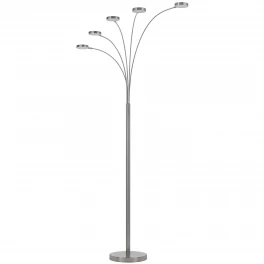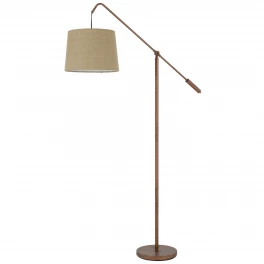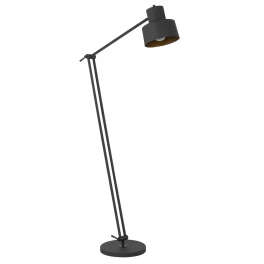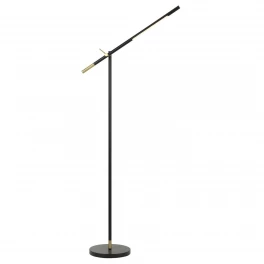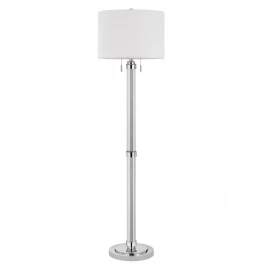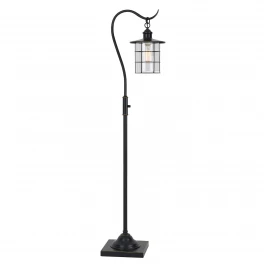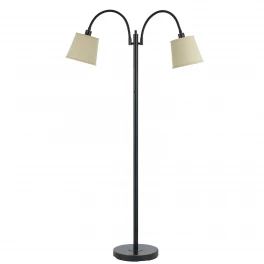Refrigerator maintenance is essential if you want to extend the lifespan of your fridge. Also, whether your fridge is an energy-saving refrigerator or not, you’ll find that proper fridge maintenance will cut down on the amount of energy required to run the fridge efficiently.
Here are six refrigerator maintenance tips that will help you get the most use and longevity out of your fridge.
1. Regularly Clean the Condenser Coils
Your fridge’s condenser coils are probably located either on the bottom-front or in the back. These coils condense and cool the refrigerant that keeps the fridge capable of doing what it needs to do: keeping your food cold. If you want to avoid refrigerator repairs, clean the refrigerator condenser coils. Over 70 percent of service calls for a refrigerator result from clogged or dirty coils. Why? Because when the condenser coils get clogged with dust or other dirt (if you have a pet, pet hair gets in there too), the coils can’t release heat efficiently. This means the fridge compressor has to work harder and more often than it should. The dirty coils also steal money from you too. It can cost up to $10 a month more to keep your fridge cool if it’s got dirty coils.
To clean the coils, either unsnap the grille at the bottom-front of your fridge or pull your fridge out from the wall to access the rear. You might have to also remove a panel that covers the coils. Once you get to the coils, clean them with a coil-cleaning brush (you can get one at an appliance store), the brush attachment of your vacuum cleaner, or a long-handled bottle brush.
If the coils are located at the front of the fridge, you’ll also have a condenser fan. (Fridges with coils in the back don’t have a fan.) Use a brush to clean out the fan as well.
2. Remove Freezer Vent Obstructions
The freezer vent on a frost-free fridge enables air to circulate throughout the freezer. If this vent is blocked, the air can’t move through the vent. This will put a strain on the freezer. To prevent this strain, remove any obstructions to the freezer vent. Also look for loose twist-ties or crumbs that might be in the freezer. These can get sucked into the vent, which will also obstruct proper air flow.
Once the vents are clear, keep them clear. Don’t over-pack your freezer. It needs a bit of empty space so air can circulate. Also, occasionally wipe down the vent to make sure it’s free of crumbs or errant twist-ties that can get caught in it.
3. Properly Set the Fridge Temperature
In most homes, the refrigerator settings should be set to their midpoint. If you set the temperature too high or too low, the fridge will have to work harder to run, which shortens the longevity of your fridge and also wastes electricity.
The best temperature setting for a fridge is between 38 and 42 degrees F. The best setting for a freezer is between 1 and 10 degrees F.
Many refrigerators, however, don’t display temperatures in degrees. The controls simply have a range of numbers or hash-marks to indicate the midpoint as well as what’s above and below it.
4. Keep Door Seals Clean and Intact
Dirty door gaskets can cause one of two problems. First, they can prevent a strong seal between your fridge door and the body of the fridge. To get the strongest seal, keep the gaskets clean. Second, if sticky substances like jelly or syrup get on the gaskets, they can glue the gasket to the door or door frame. If this happens, the next time you go to open the fridge door, the gasket might tear. You don’t want a torn gasket. A gasket repair can cost $100-$200.
To clean the gaskets, all you need is a little warm water and a sponge. Don’t use a cleaner or detergent to clean the gaskets because they can damage the gaskets. You can also encourage optimal functioning of the gaskets by wiping them down monthly with a sprinkle of baby powder on a clean cloth.
5. Don’t Leave Your Fridge Empty
For a refrigerator to easily maintain an optimal low temperature, it needs what’s called “thermal mass.” In common parlance, this just means “lots of stuff.” If you have an empty fridge, the fridge has to work harder. Every time you open the door and warm air hits the inside of the fridge, the fridge has to compensate. If you keep the fridge full of cool food and drinks, the food and drinks will help to negate the warm blasts of air so your fridge doesn’t have to work so hard.
If you eat out all the time or have a second fridge, don’t let your fridge sit empty. Either store jugs of water in the fridge or store other foods in there that don’t require refrigeration. We keep our secondary fridge full of boxed soy milk, wine, dog kibble, and other things that don’t require refrigeration so that we can remove them we need more space for foods and drinks that DO require refrigeration.
6. Replace the Filters
Refrigerators that have water or ice dispensers also have water filters. These filters should be replaced every six months. You can usually find a compartment for the filters near the top of the inside of the refrigerator. Press a button to release the compartment and replace the filters per your refrigerator manual’s instructions, and then re-insert the compartment.
The time and effort involved in the maintenance tasks described above are minimal. Now that you know the best fridge maintenance tips, you can easily keep your fridge in tip-top shape.





